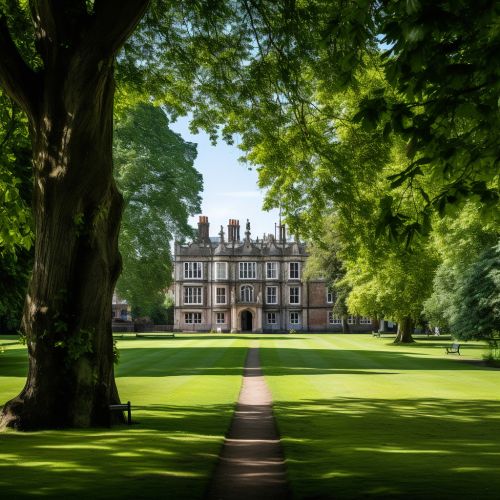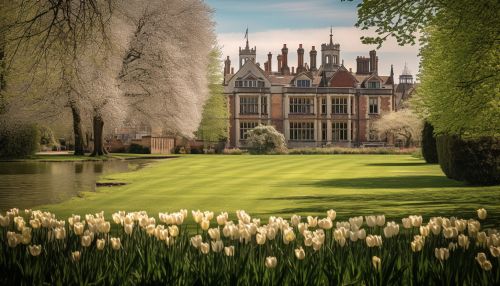Sir Roger Penrose
Early Life and Education
Sir Roger Penrose was born on August 8, 1931, in Colchester, Essex, England. He is the son of Lionel S. Penrose, a distinguished geneticist, and Margaret Leathes, a physiologist. His brother is the mathematician Oliver Penrose. His family background has played a significant role in shaping his intellectual journey.
Penrose attended University College School in Hampstead, London, before moving on to University College, London, where he received his bachelor's degree in mathematics in 1953. He then pursued his doctoral studies at St John's College at the University of Cambridge, under the supervision of algebraist and geometer John A. Todd. He was awarded his PhD in 1958 for a thesis titled 'Tensor Methods in Algebraic Geometry'.


Career and Research
After completing his PhD, Penrose held a number of academic positions at various institutions. He was a research fellow at St John's College, Cambridge, from 1957 to 1959. He then moved to the United States, where he was a visiting professor at Princeton University and Syracuse University.
In 1964, Penrose returned to the UK and took up a position as a reader in applied mathematics at Birkbeck College, University of London. In 1966, he moved to the University of Oxford, where he was appointed Rouse Ball Professor of Mathematics, a position he held until his retirement in 1998.
Penrose's research has spanned many areas of mathematics and physics. He has made significant contributions to the fields of general relativity and cosmology, particularly in the area of black holes. His work with Hawking on the singularity theorems in general relativity, which predict the existence of black holes, is considered a landmark in the field.
Penrose has also made significant contributions to the mathematical field of tiling, where he discovered aperiodic tilings, now known as Penrose tilings. These are sets of tiles that can cover an infinite plane in a non-repeating pattern. This discovery has had profound implications in the field of crystallography.
Contributions to Physics
One of Penrose's most significant contributions to physics is the concept of conformal cyclic cosmology (CCC). This is a cosmological model in which the universe undergoes a series of infinite self-repeating cycles. Each cycle, or 'aeon', begins with a big bang and ends in a smooth, exponential expansion.
Penrose has also proposed the idea of 'twistor theory', a new mathematical framework for describing the basic laws of physics. Twistor theory aims to unite quantum mechanics and general relativity, two of the fundamental theories of physics, into a single consistent theory.
Awards and Honours
Penrose has been the recipient of numerous awards and honours throughout his career. In 1988, he was awarded the Wolf Prize in Physics, which he shared with Stephen Hawking for their work on black holes. In 1990, he was knighted by Queen Elizabeth II for his services to science.
In 2020, Penrose was awarded the Nobel Prize in Physics for his work on black hole formation. He shared the prize with Reinhard Genzel and Andrea Ghez, who were recognized for their discovery of a supermassive black hole at the centre of our galaxy.
Personal Life
Penrose married his first wife, Joan Isabel Wedge, in 1959. They had three sons together. After their divorce, he married Vanessa Thomas in 1990, with whom he has one son.
Despite his retirement, Penrose remains active in the scientific community. He continues to publish research papers and give lectures on his theories. He is also a popular author of science books for the general public, including 'The Emperor's New Mind' and 'The Road to Reality'.
